Hemoglobin H Disease Diagnosis
Hemoglobin h disease diagnosis. Hemoglobin H disease HbH is a form of alpha thalassemia in which moderately severe anemia develops due to reduced formation of alpha globin chains. This condition has long been thought to be a rather mild clinical condition since the majority of patients with Hb H have compensated hemolytic anemia with average hemoglobin levels of more than 9 gdL. Signs and symptoms usually occur within the first 2 years of life.
However the solubility test can also aid in the diagnosis of sickle cell disease. In the majority of cases Hb H disease results from double heterozygosity for alpha0-thalassemia due to deletions that remove both linked alpha-globin genes on chromosome 16 and deletional alpha-thalassemia from single alpha-globin gene. Hemoglobin H Hb H disease is the most common form of thalassemia intermedia and has many features that require careful consideration in management.
Several different methods of hemoglobin analysis exist including hemoglobin electrophoresis capillary electrophoresis and. Hemoglobin H Hb H disease is the most severe non-fatal form of α-thalassemia syndrome mostly caused by molecular defects of the α-globin genes in which α-globin expression is decreased. They may include severe anemia and other health problems such as.
Individuals with hemoglobin H HbH disease -α-- have moderate to severe anemia. After the newborn period the diagnosis of deletional hemoglobin H disease is often made only after the detection of complications such as cholelithiasis exacerbation of the anemia induced by infection or the findings of splenomegaly and growth failure. Hemoglobin Hb H disease belongs to a group of inherited hemoglobinopathies known as the alpha αthalassemias.
Individuals with Hb H disease are at risk for developing severe anemia requiring urgent blood transfusions especially during times of infection fever or pregnancy. Fetal DNA was obtained from amniotic fluid fibroblasts obtained during the thirteenth week of. Hemoglobin electrophoresis is useful in diagnosis of sickle cell disease by identifying Hb S.
Later Hb H was confirmed by the positive PCR for alpha thalassemia-1 Southeast Asian deletion and alpha thalassemia-2 37 kb deletion genes. Population-wide perinatal screening and diagnosis of Hb H disease can be readily carried out especially in jurisdictions where newborn screening for sickle cell diseases is already in place as in California41 The early diagnosis will facilitate implementation of proper preventive health care measures to ensure the well-being of the affected infants to ensure prompt treatment of potentially serious. In this condition as in the other forms of thalassemia there is an imbalance of globin chains needed to form hemoglobin.
Other features may include hepatomegaly splenomegaly. Three gene deletion hemoglobin H disease Precipitated β chainsHb H Patients have moderate anemia marked microcytosis splenomegaly and bone marrow erythroid hyperplasia Four gene deletion Hydrops fetalis Not compatible with life barring very early intervention Hemoglobin is primarily comprised of γ4 Barts which has a very high.
Signs and symptoms usually occur within the first 2 years of life.
Population-wide perinatal screening and diagnosis of Hb H disease can be readily carried out especially in jurisdictions where newborn screening for sickle cell diseases is already in place as in California41 The early diagnosis will facilitate implementation of proper preventive health care measures to ensure the well-being of the affected infants to ensure prompt treatment of potentially serious. Influenzae as the cause of diseases classified elsewhere. After the newborn period the diagnosis of deletional hemoglobin H disease is often made only after the detection of complications such as cholelithiasis exacerbation of the anemia induced by infection or the findings of splenomegaly and growth failure. Hemoglobin H disease HbH is a form of alpha thalassemia in which moderately severe anemia develops due to reduced formation of alpha globin chains. Early diagnosis during newborn screening or infancy has enabled the observation of the natural history of hemoglobin H disease a subtype of α-thalassemia. Several different methods of hemoglobin analysis exist including hemoglobin electrophoresis capillary electrophoresis and. We analyzed longitudinal clinical data for patients with hemoglobin H disease arising from the deletion of three of four α-globin genes HbH and from hemoglobin H. Hemoglobin electrophoresis is useful in diagnosis of sickle cell disease by identifying Hb S. This condition has long been thought to be a rather mild clinical condition since the majority of patients with Hb H have compensated hemolytic anemia with average hemoglobin levels of more than 9 gdL.
Normally there are four genes to produce alpha globin. Individuals with Hb H disease are at risk for developing severe anemia requiring urgent blood transfusions especially during times of infection fever or pregnancy. Hemoglobin Hb H disease belongs to a group of inherited hemoglobinopathies known as the alpha αthalassemias. Other features may include hepatomegaly splenomegaly. This condition has long been thought to be a rather mild clinical condition since the majority of patients with Hb H have compensated hemolytic anemia with average hemoglobin levels of more than 9 gdL. Early diagnosis during newborn screening or infancy has enabled the observation of the natural history of hemoglobin H disease a subtype of α-thalassemia. ICD-10-CM Diagnosis Code B963.

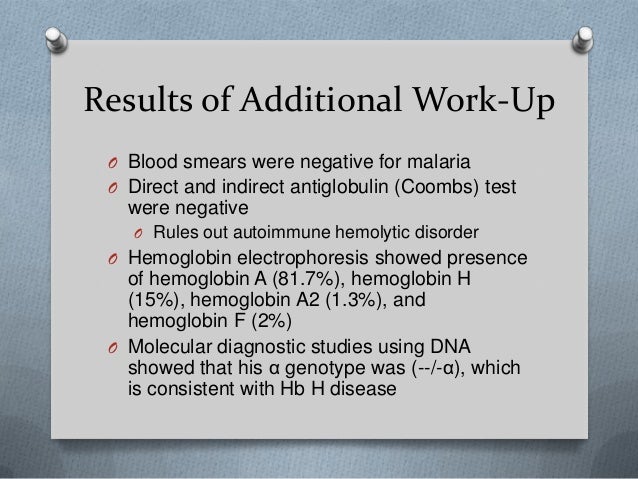

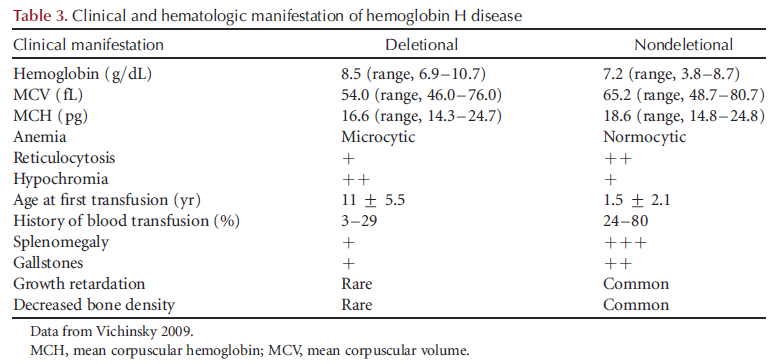
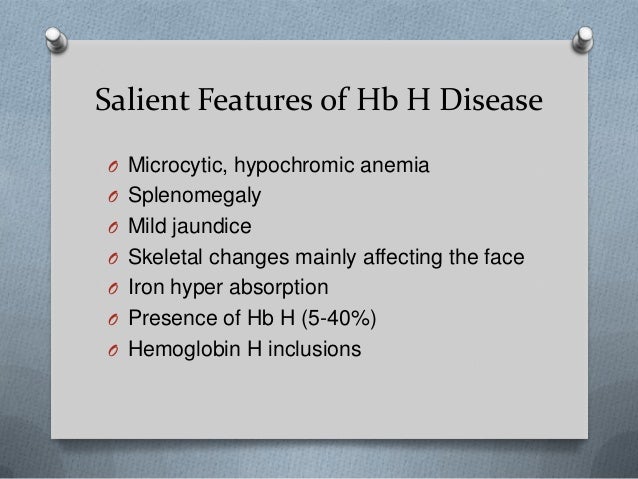

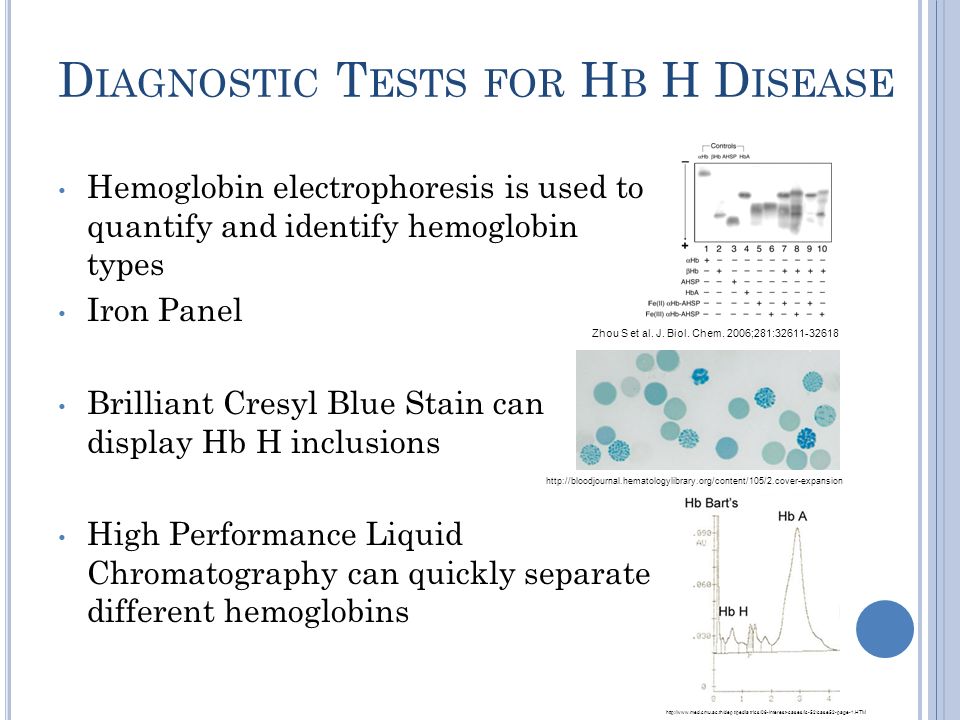


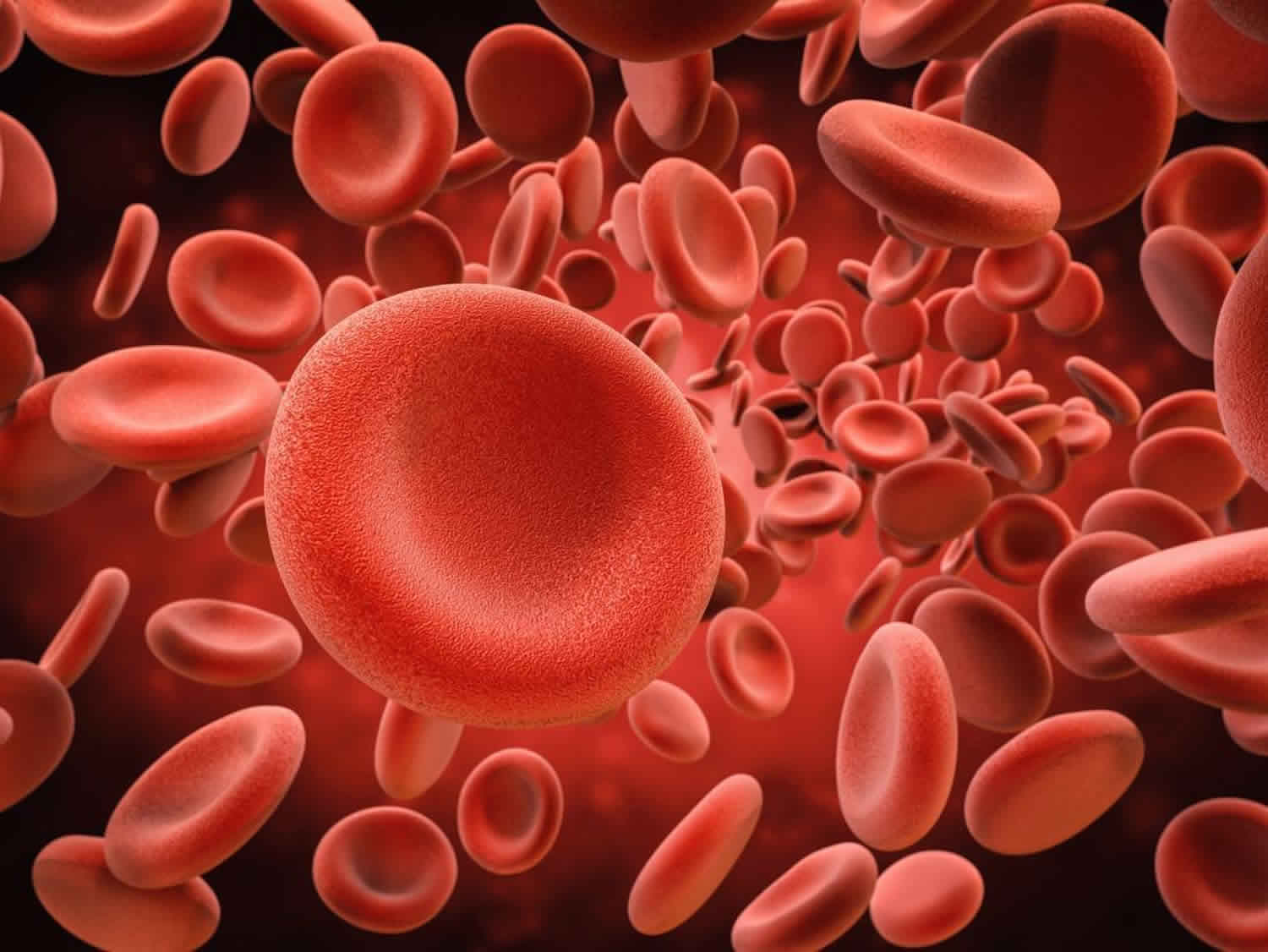
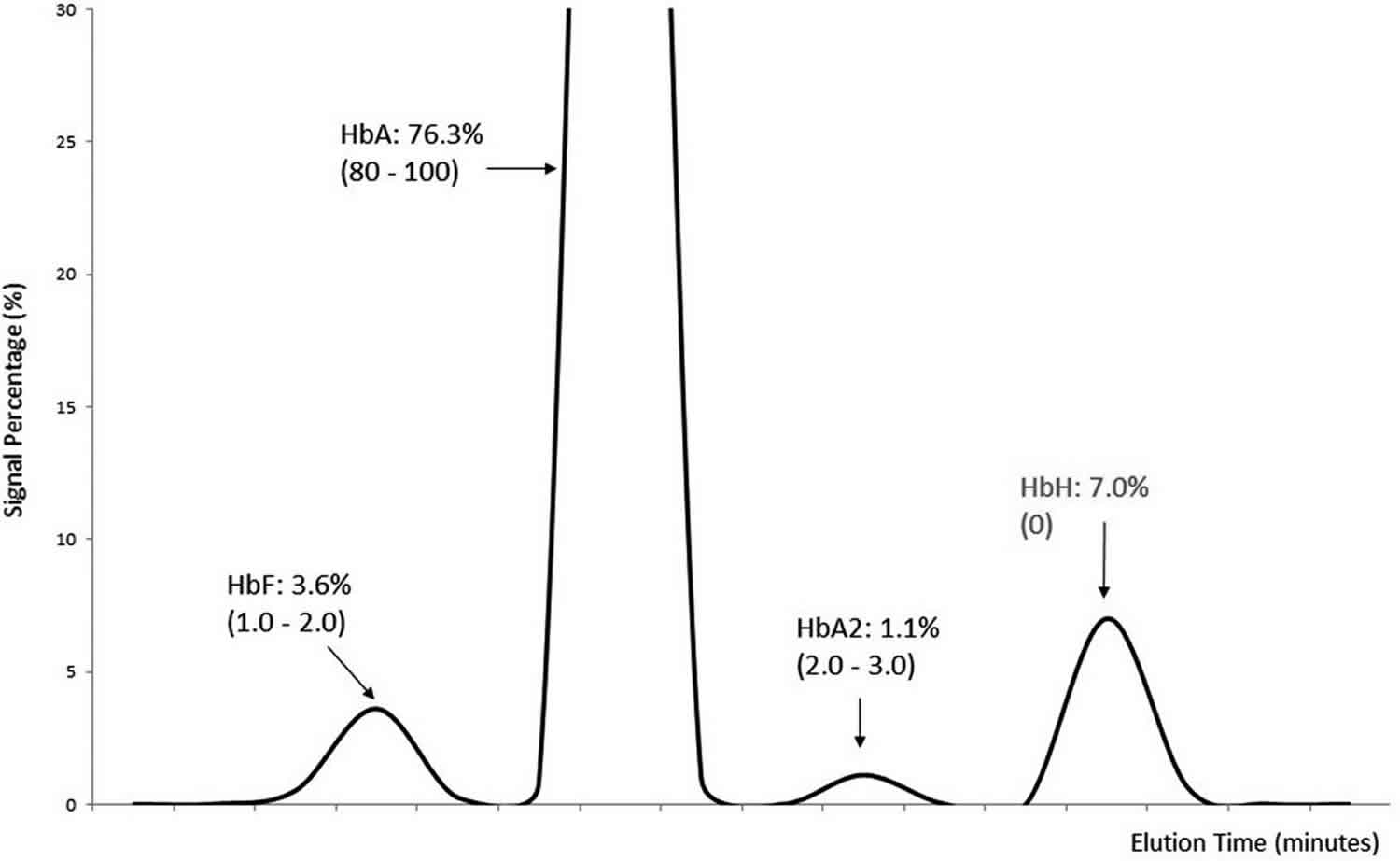








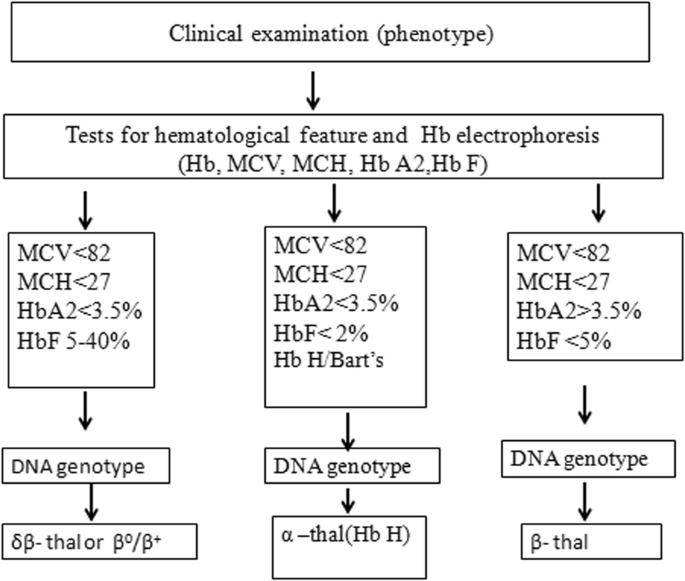




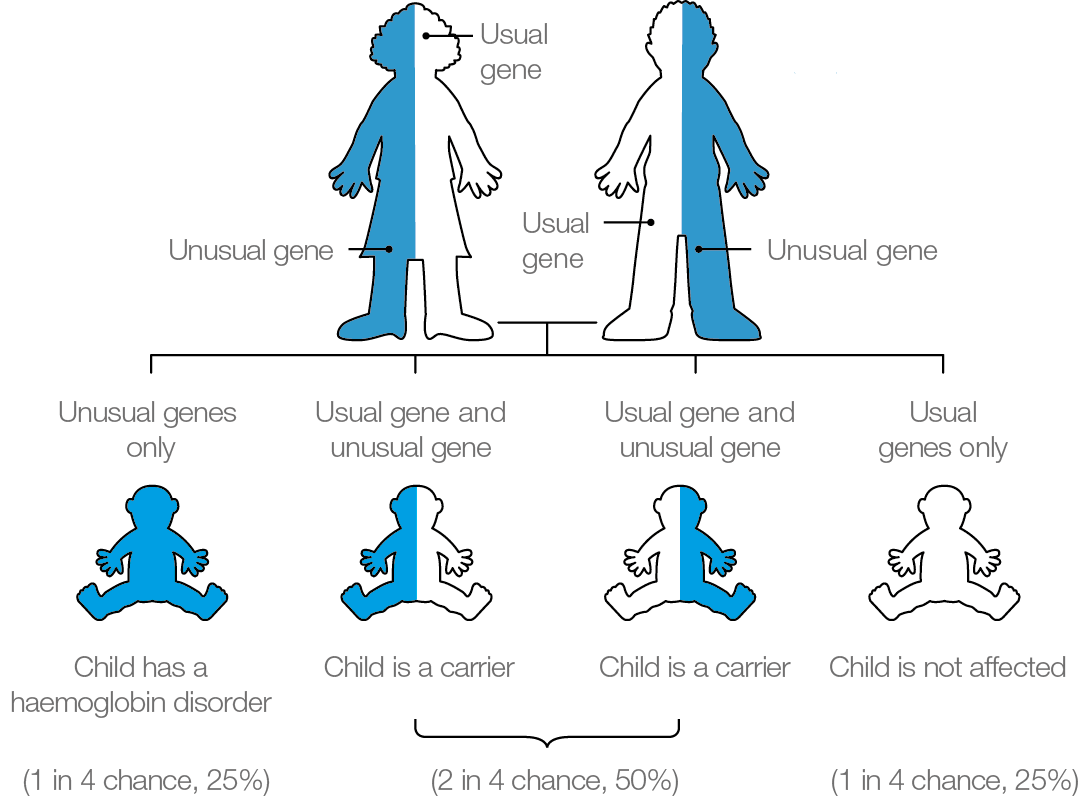



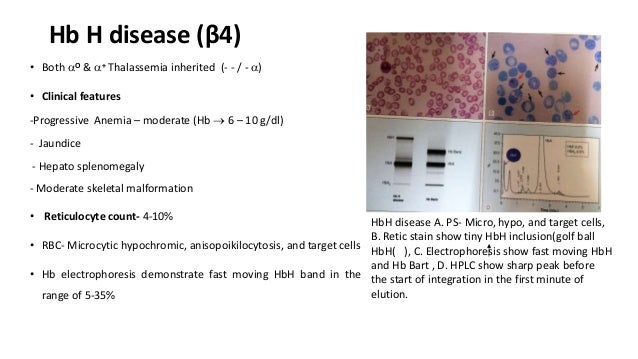


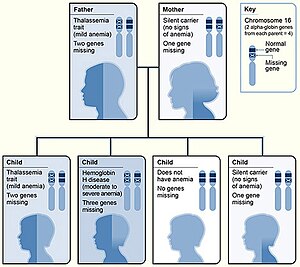






Post a Comment for "Hemoglobin H Disease Diagnosis"